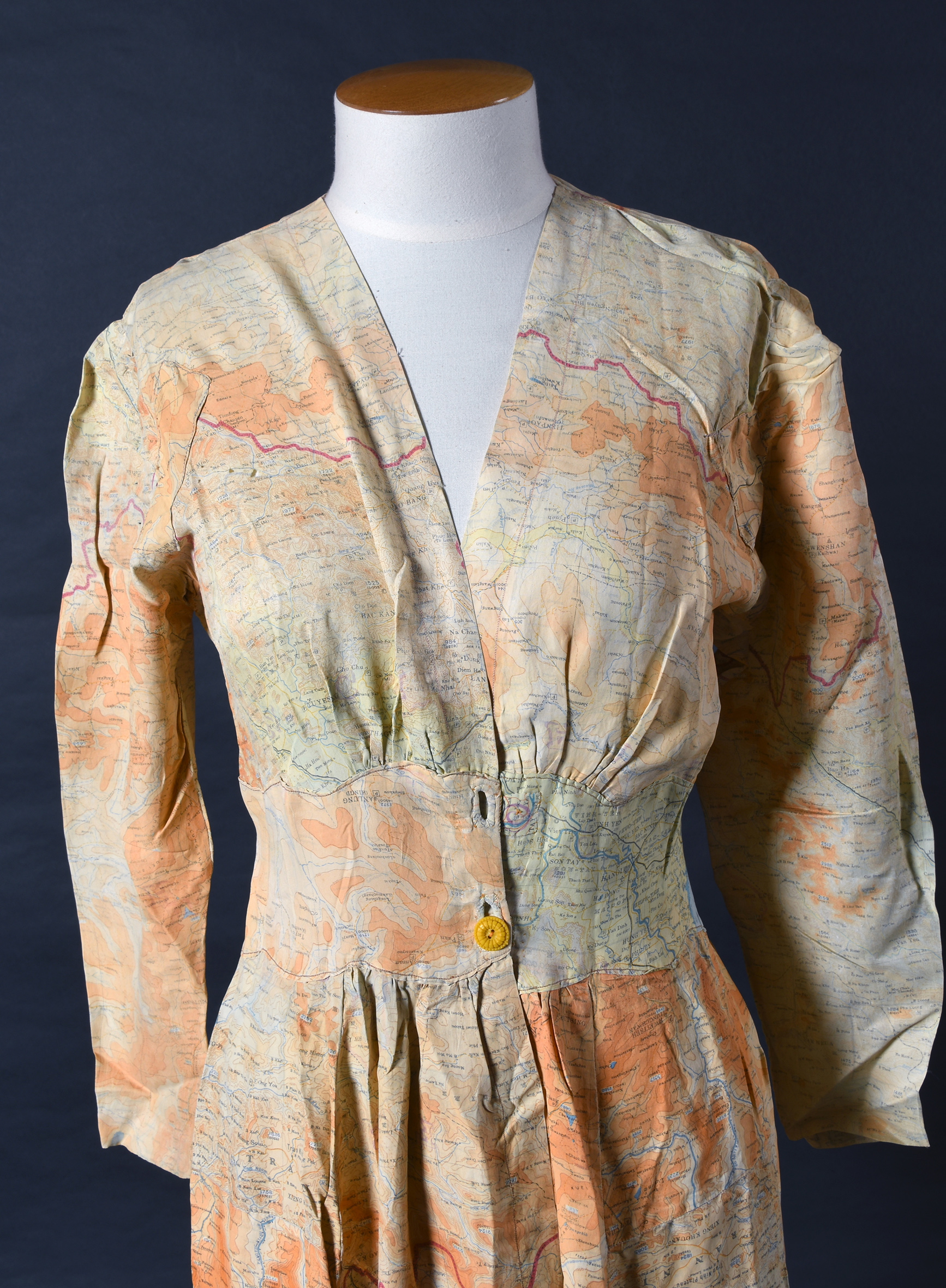The Air Force Museum’s diverse collection contains many objects that illustrate innovation in military technology, but ingenuity is also shown in the museum’s social history holdings.
Comprised of clothing, textiles, personal effects, memorabilia and more, the museum’s non-technical collections help tell personal stories associated with the military. This blog highlights some of the remarkable garments that were made by utilising unrequired World War Two materials. We know a lot about some of them, for others information is limited. The fabric at the heart of all these garments is silk.
Resources became increasingly scarce during the war and with silk favoured as a military material, it was unavailable for dressmaking. The following examples show how military silk was repurposed for civilian clothing. Silk was used early in the war, but as supplies became limited rayon was used; in this blog the term ‘silk’ is used to describe items that could have been made from silk or rayon.
Escape and evasion maps

Escape and evasion maps were devised by MI9, one of the military intelligence sections of the British Ministry of Defence. One of MI9’s roles was to develop equipment to help allied service people evade capture or escape from the enemy. The first escape and evasion items to be created were silk maps. Issued to airmen, they were stronger than paper, could be immersed in water, didn’t rustle when folded and could be concealed in small places easily.
Dorothy Richards (née Hollingsworth)’s escape and evasion map dress
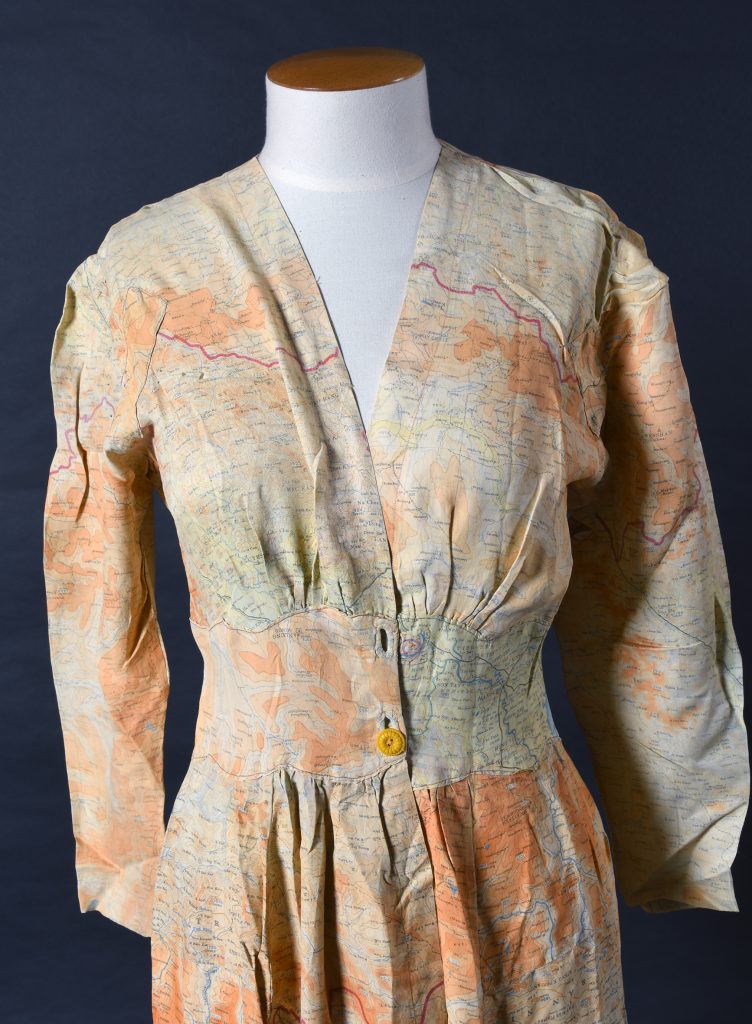

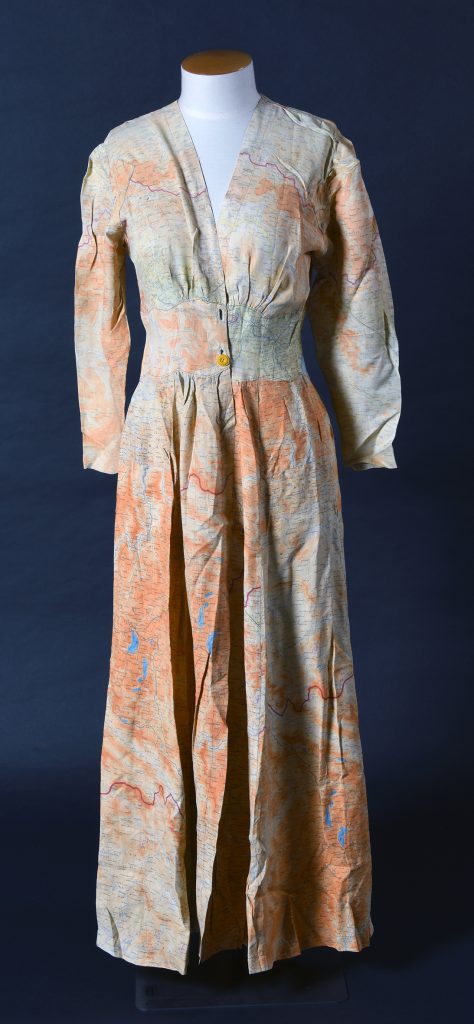
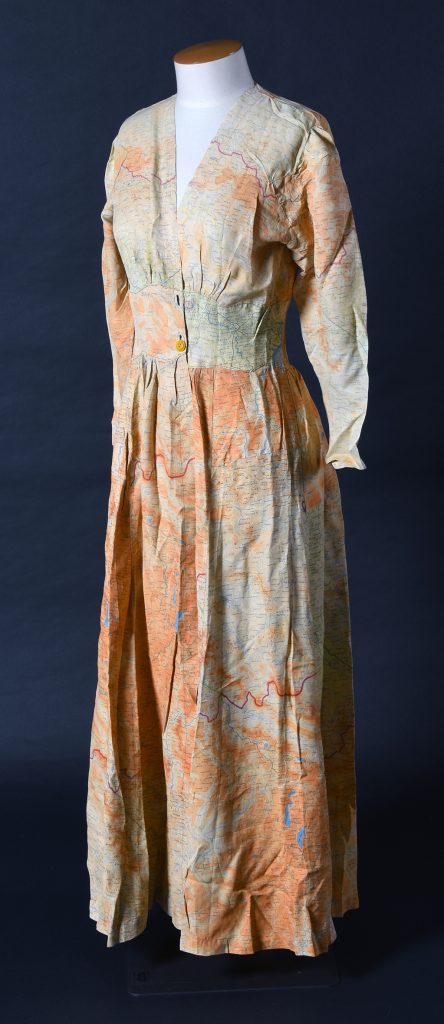
Image ref: 2023/162, Air Force Museum of New Zealand.
This distinctive dress was made by Dorothy Ethel Hollingsworth from escape maps that were sent to her by her brother Theodore ‘Teddy’ Hollingsworth, who was an Aircraft Mechanic in the Royal Air Force (RAF) serving in India and Burma during World War Two. Dorothy served in the British Women’s Land Army, then as a nurse during the war. She emigrated to New Zealand in 1951 and later married former New Zealand Army Driver Thomas Winston Richards.
Parachutes
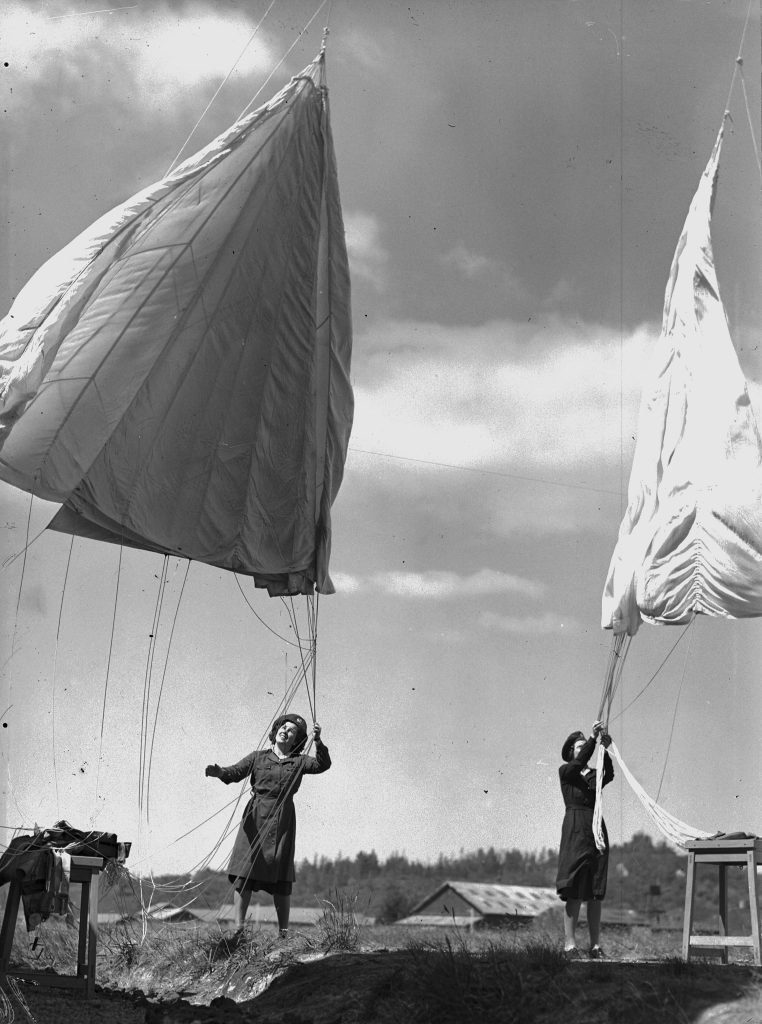
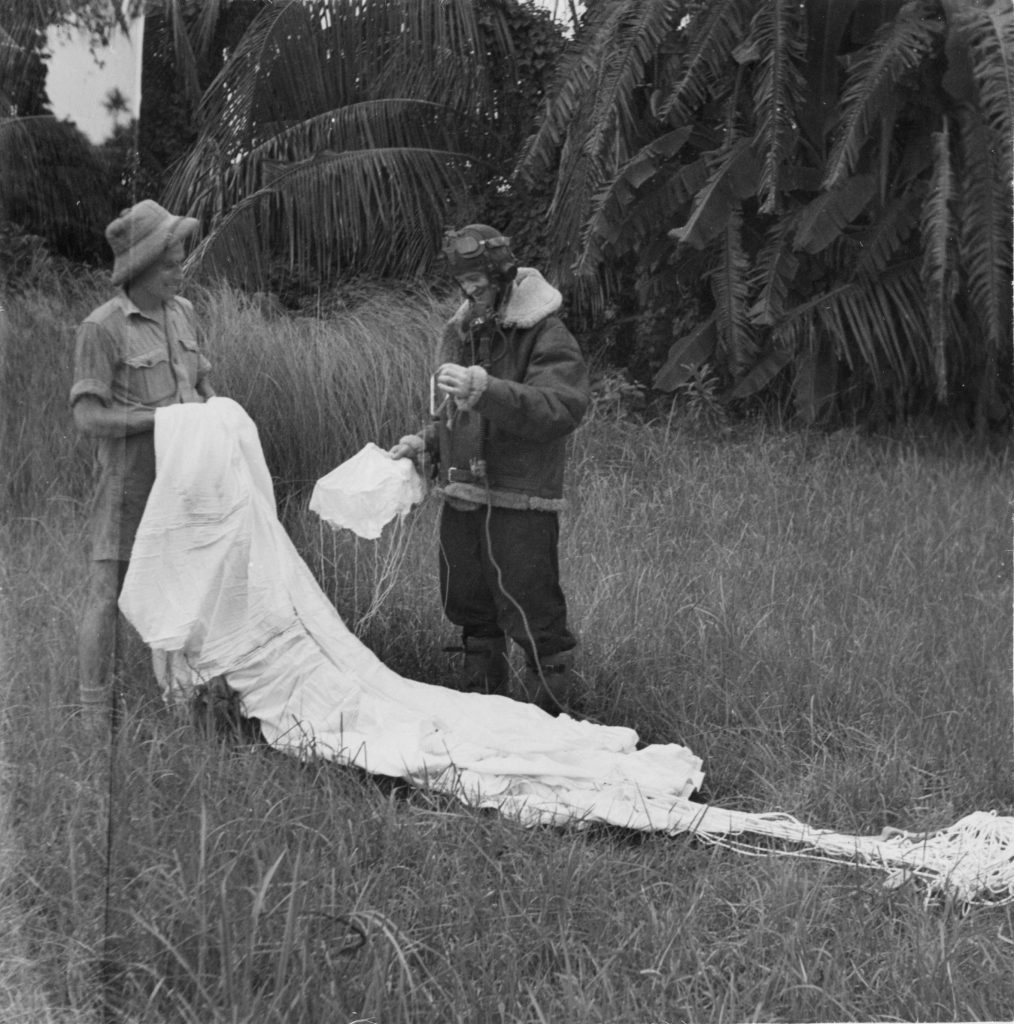
Women’s Auxiliary Air Force (WAAF) parachute packers airing parachutes at RNZAF Station Hobsonville, circa December 1942. Image: PR76, RNZAF Official.
Warrant Officer F. D. Colin Brown (right) with parachute packer, Leading Aircraftman J. N. Powell, who packed the parachute that saved Brown’s life after an accident in his Spitfire, RAF Station Dum Dum, India, June 1943. Image: 2011/407.6 Air Force Museum of New Zealand.
A more well-known source of silk during World War Two was parachute canopies. Silk was one of the best fabrics for making parachute canopies: it was strong and lightweight, and the white colour of undyed silk provided camouflage against the sky at higher altitudes. A surplus parachute was the perfect source of fabric for a wartime gown.
Eleanor Small (née Grace)’s American parachute nightgown
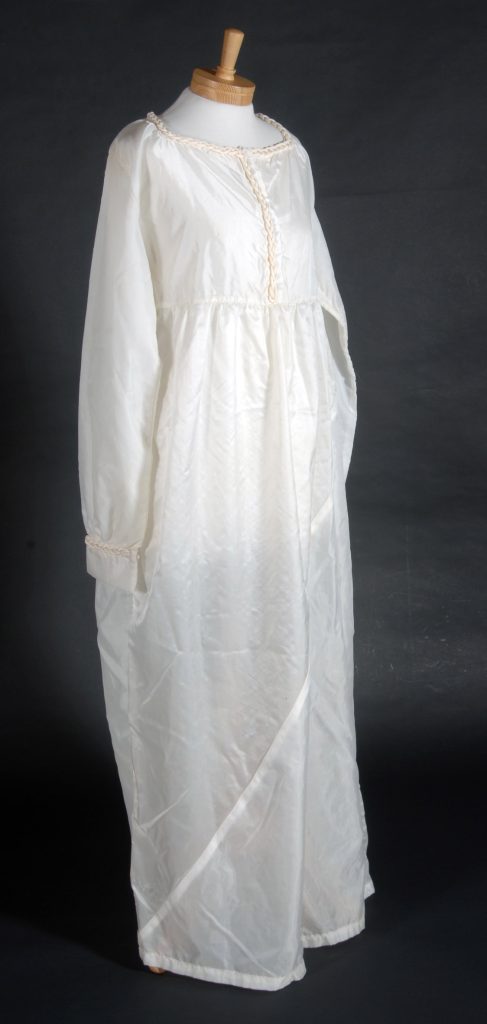

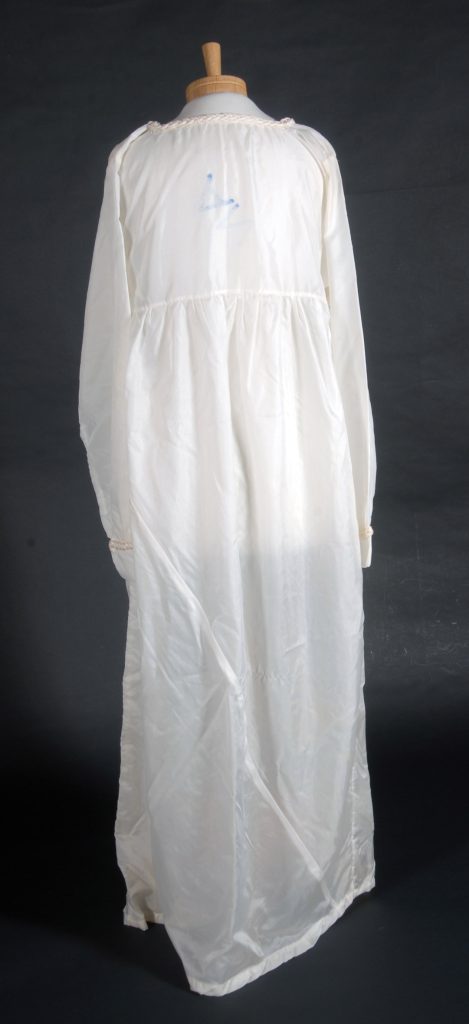
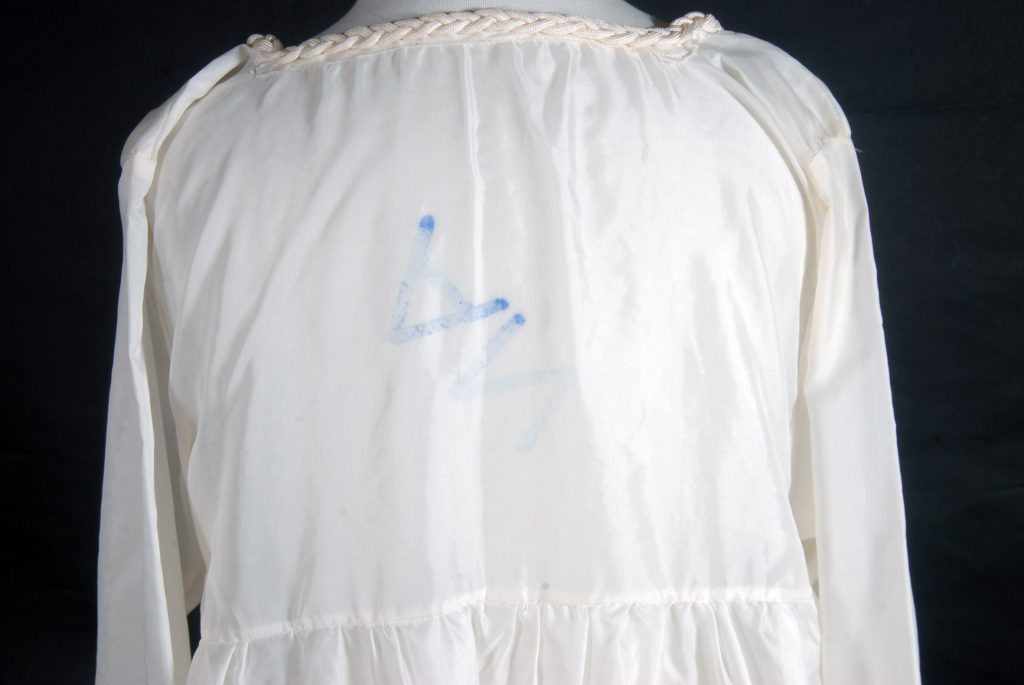
Image: 1996/060, Air Force Museum of New Zealand
This nightgown was made by a Frenchwoman from an American parachute. The ‘AN’ visible in blue on the back of the gown is an American military reference. It was decorated with braided parachute cord. The nightgown was sent to Mrs Eleanor Small by her husband Leslie Frank Small, who served in Europe with the British Army as a transport driver and was involved in laying communication lines. The Small family emigrated to New Zealand in April 1947 and settled in Christchurch.
Thelma Dunstall (née Cooper)’s parachute silk wedding dress
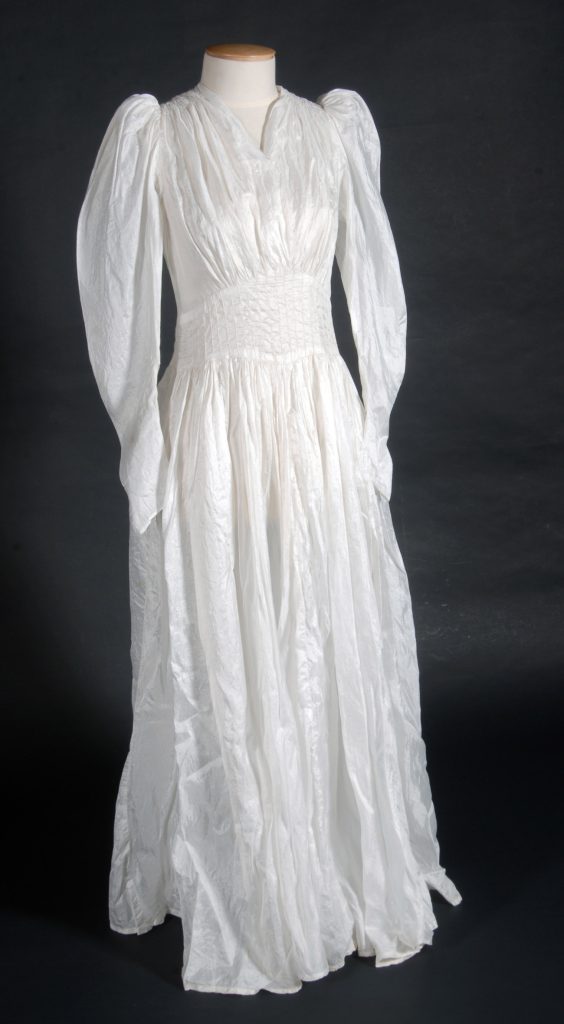

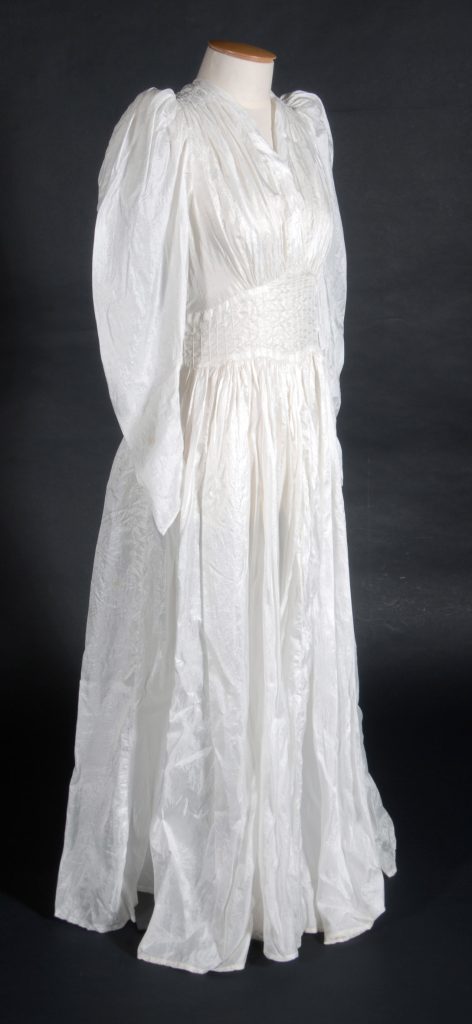
Image: 2012/083.1, Air Force Museum of New Zealand.
Thelma Cooper wore this parachute silk dress when she married Royal New Zealand Air Force (RNZAF) airman Cedric Dunstall. Cedric saw overseas service in the Pacific from October 1943 servicing radio equipment on Kittyhawks and Corsairs. He was given leave in October 1944 to marry Thelma, a trainee nurse he had met at the Cosmopolitan Club in Christchurch in 1942. After their honeymoon, Thelma completed her nursing examinations and Cedric was posted to Wigram. He was discharged from the RNZAF in December 1945.
Kathleen McPhee (née Rasmussen)’s wedding dress
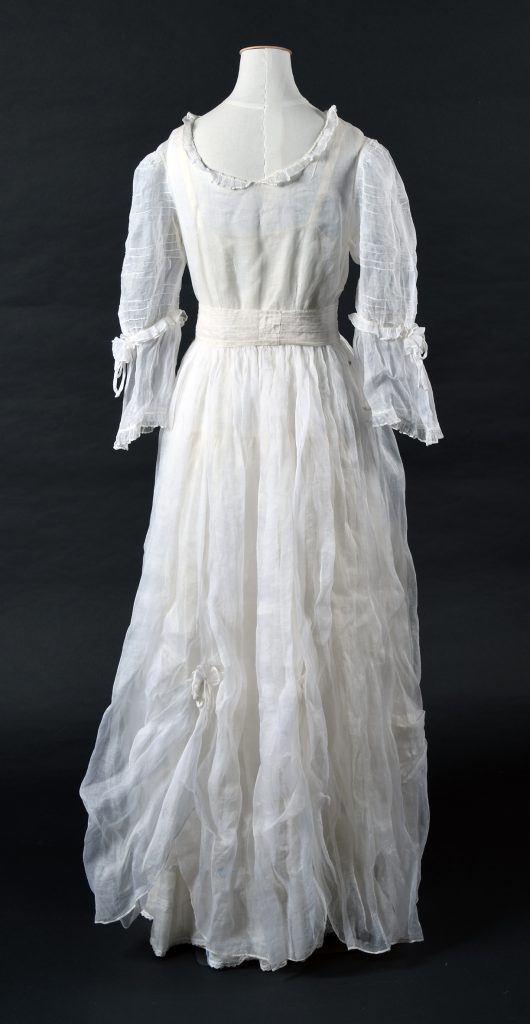
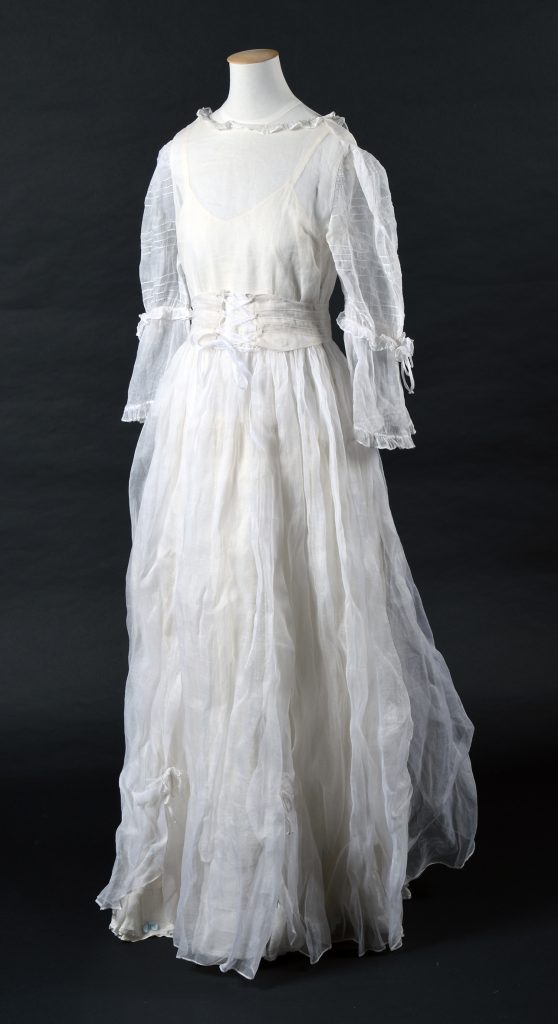

Image: 2017/018, Air Force Museum of New Zealand.
Kathleen McPhee wore this dress made from parachute silk and nurse’s veil material when she married Donald McPhee on 12 February 1945. Kathleen was a member of the New Zealand WAAF from 22 June 1942 to 26 March 1945. Donald served in the New Zealand Army and saw overseas service on Guadalcanal. Not a lot is known about the creation of the dress, but the use of both parachute and nurse’s veil material makes it unique in the Air Force Museum collection.
Winifred Smith (née Field)’s parachute silk wedding dress


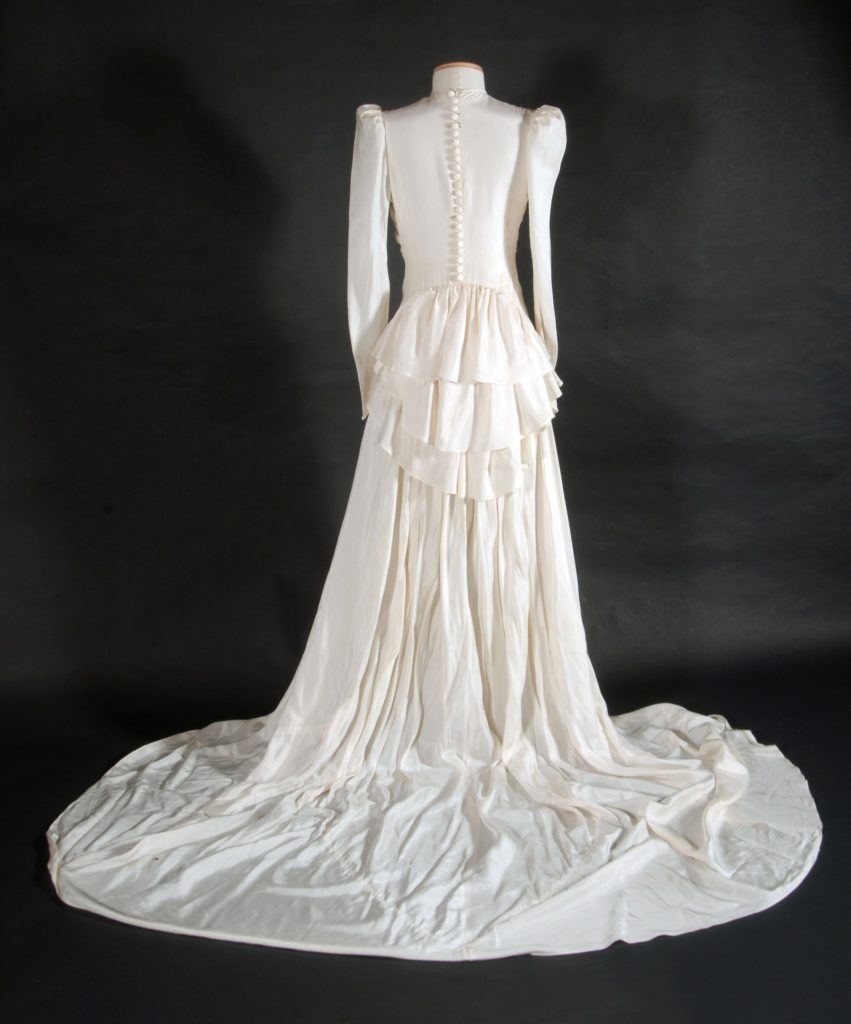
Images: MUS020111 and 2002/075.1 Air Force Museum of New Zealand.
Winifred Field served in the British WAAF as a safety equipment worker dealing with parachutes. At the end of the war, she was offered a surplus parachute (the log card for the parachute showed that it had been used in the airborne operations of D-Day) which eventually became her wedding dress.
Winifred met New Zealand Army soldier Neale Smith while he was in England on the way home from overseas service. They were married in Christchurch on 7 December 1946. Winifred had designed and cut out her wedding dress but had someone else make it, as that was considered better luck. She had been studying dress design at technical college before the war and had already made two wedding dresses from other parachutes while in Britain. She also designed and made her bridesmaid’s dress.




